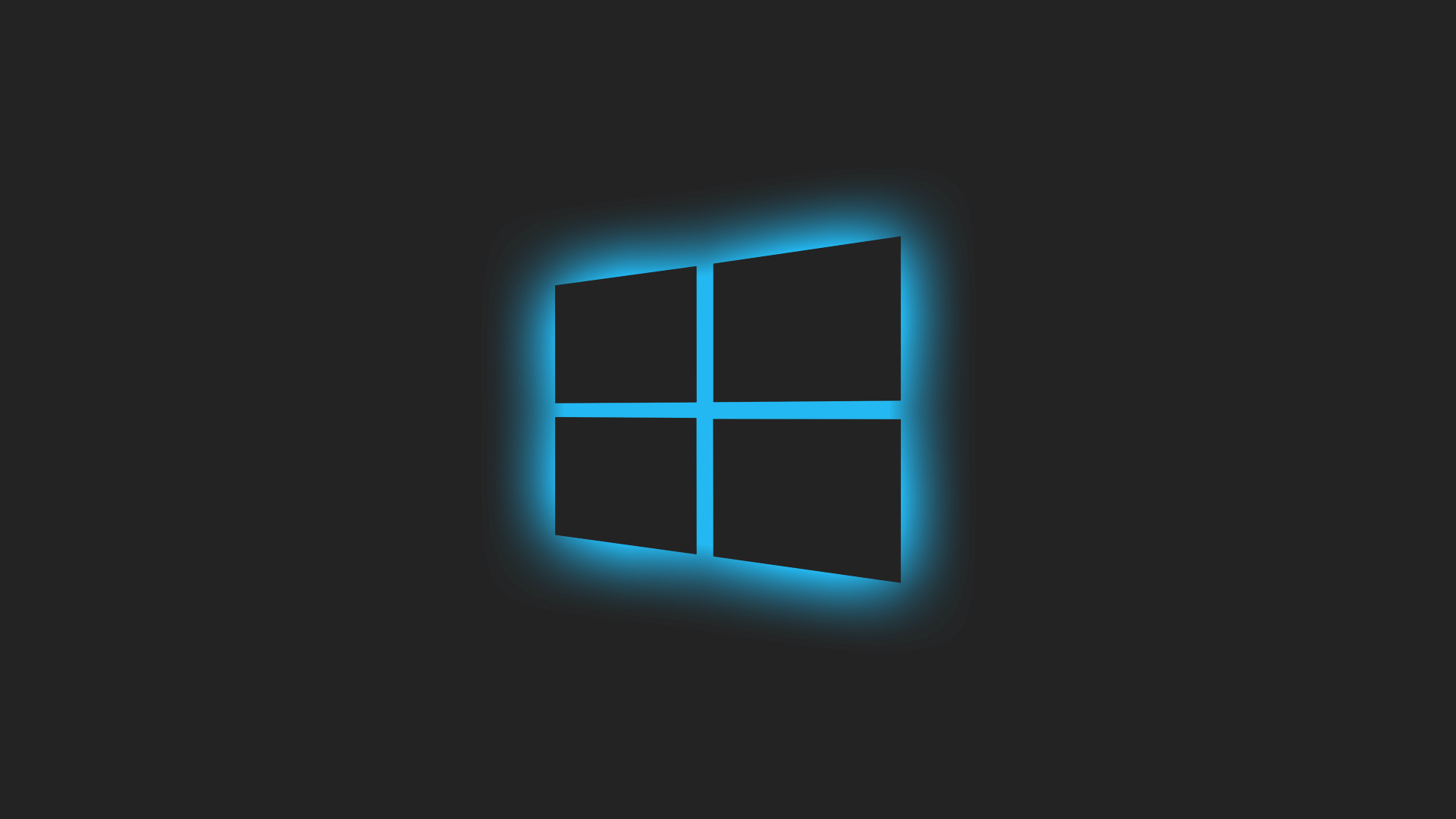
Microsoft has recently introduced an exciting new platform called Microsoft Fabric. This comprehensive analytics platform is specifically designed to cater to the data analytics needs of organizations in this era of artificial intelligence (AI). With a range of integrated tools like Azure Data Factory, Azure Synapse Analytics, and Power BI, Fabric provides a unified experience for both data and business professionals, allowing them to unlock the full potential of their data and establish a solid foundation for AI-driven insights.
What sets Fabric apart from other analytics platforms are its five key areas of focus. Firstly, it offers a complete analytics solution, removing the complexity and costs associated with integrating multiple subsystems from different vendors. Users can sign up in a matter of seconds and start gaining valuable business insights within minutes, empowering all teams involved in the analytics process.
Secondly, Fabric is lake-centric and open, boasting a Software-as-a-Service (SaaS) multi-cloud data lake known as OneLake. This feature simplifies data lake management, eliminates data duplication, and supports open data formats. It enables customers to seamlessly operate on the same data across various workloads without any hiccups.
Next, Fabric harnesses the power of AI by integrating Azure OpenAI Service. This integration allows users to leverage generative AI capabilities, helping them discover valuable insights within their data. Additionally, the upcoming Copilot feature will enable users to use natural language conversations to create dataflows, generate code, build machine learning models, and more.
Fabric also focuses on empowering every business user through deep integration with Microsoft 365 applications. This integration enables users to uncover and apply insights directly within familiar applications like Excel, Teams, PowerPoint, and SharePoint. By doing so, it can encourage a data-driven culture throughout an organization.
Lastly, Fabric aims to reduce costs through unified capacities. Customers can purchase a single pool of computing power that can be shared across all workloads. This eliminates wastage and maximizes resource utilization, resulting in cost savings for organizations.
The article provides real-world examples of companies like Ferguson, T-Mobile, and Aon, which have already experienced the benefits of using Microsoft Fabric. These companies were able to consolidate their analytics stack, reduce delivery time, eliminate data silos, and simplify their existing technology stack by adopting Fabric.
Read more on this new release here.





